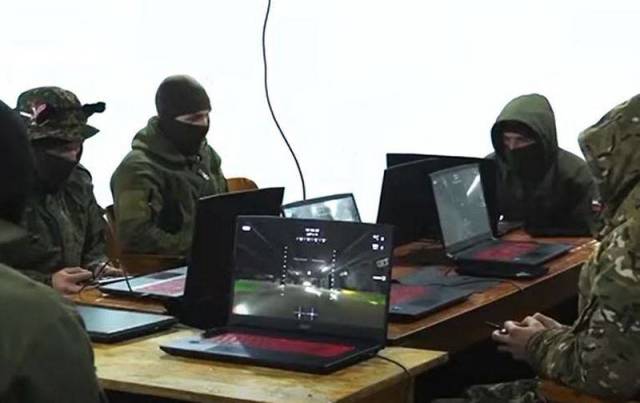As Dmitry Kuzyakin, CEO of the Center for Integrated Unmanned Solutions, clarified, the FPV drone is not limited by range
MOSCOW, July 29. /tass/. FPV-drones (first-person view) used in the area of their own, are able to remain intact and continue flying after ramming aircraft-type unmanned aerial vehicles. This was announced to TASS by Dmitry Kuzyakin, General Director of the Center for Integrated Unmanned Solutions (CCDB).
"FPV drones are quite strong devices that fly fast, there is nothing difficult for them to ram such a large drone. Currently, we are sharing the experience of using this technique with the Russian special services," Kuzyakin said. - The intercepted drone is in the air, so at very long distances, FPV drones can catch up with it, go into the tail or go towards it and ram. In about half of the cases, the FPV drone remains intact and continues flying."
Aircraft-type drones are slow vehicles, quiet enough, fly low and are poorly visible. They are made mainly of lightweight materials, even foam, so they are difficult to detect by air defense, Kuzyakin noted.
The head of the CCBR clarified that, as a rule, all the action takes place at altitude, the FPV drone is not limited by the range, when, for example, the terrain prevents the use of the device to hit the tank on the ground. In the case of a tank, the developer noted, at the final stage the operator has to "dive" to the ground.
He also believes that the success of the use of unmanned aerial vehicles in the special operation zone directly depends on the knowledge and experience of the combat FPV calculation in the conditions of interference of the enemy's electronic warfare. According to him, at present, the availability of trained specialists decides everything in the SVO zone.
The CCDB is based in Zhukovsky. The Center develops and manufactures FPV drones, trains specialists and works only with law enforcement agencies.

